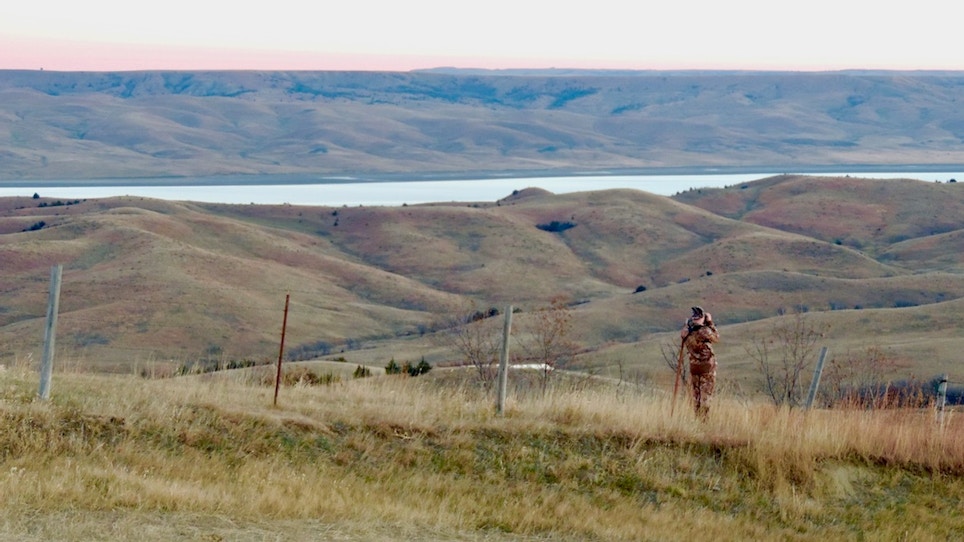The morning dawned damp and bone chilling. A gentle mist made conditions feel much cooler than the thermostat read, and the density in the air felt like it would kick off the rut. It was early November in North America's Great Plains, and other than several young-buck sightings, the week had been mighty slow.
Many eastern and midwestern folks view these plains as the most deserted habitat in all of whitetail country. Yet, my success in the richer habitat where I live in Wisconsin pales in comparison to the success I've had on the plains. But I didn’t become a believer overnight, and the bowhunting there is far from easy.
I can remember stepping out of the vehicle in Kansas for the first time, only to scratch my head, thinking, “there are deer out here?” If you’ve ever driven through Kansas or another state with similar prairie landscape, then you know exactly why I was skeptical. It looks barren and void of deer. However, after only a few times on stand, I realized there were not only plenty of deer, but some incredible bucks.
For 11 years now, I’ve bowhunted the plains often and with above-average success. With a careful approach, a deer hunter can experience some of North America’s most-thrilling whitetail hunting.
Here are some hunting tips that will serve you well in the Great Plains.
Concentrated Timber, Narrow Draws and Simplified Scouting
Fall colors and autumn aroma are things I love about the Midwest. However, the big-woods habitat where I live in Wisconsin complicates scouting. With so much cover, deer are liable to travel different trails on different days. For me, this has translated into a lot of time on stand and few sightings overall.
In contrast, the plains have concentrated timber tracts, usually along river or creek systems. Additionally, the landscape is open around these wooded draws and funnels, which alone can increase deer sightings. However, seeing deer from several hundred yards away is different from having them 20 yards away and broadside. So, don't let the multitude of deer sightings give the notion that this is an easy hunt. It is not.
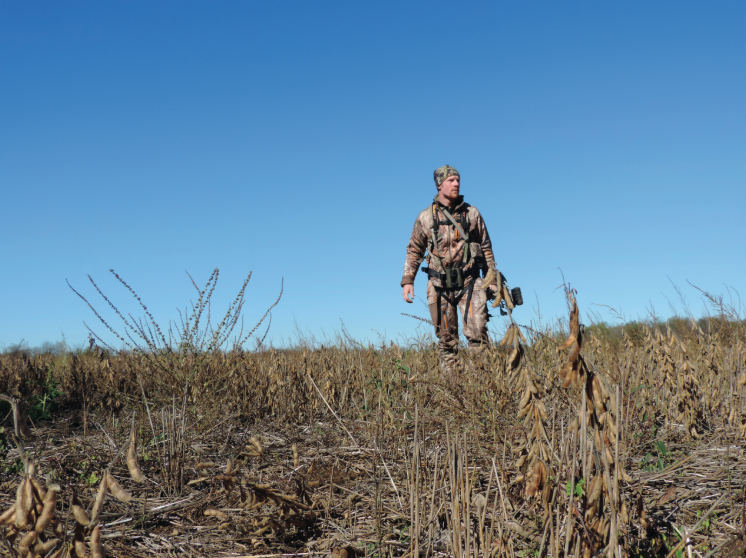
Food sources are always a great starting point for scouting and observation, but the best hunts are generally had in river bottoms or terrain funnels away from the food. Photo: Darron McDougal
Yet, the open terrain only requires a dose of common sense, understanding how deer travel and why they travel specific routes. In other words, don’t sit in a place where you can see for hundreds of yards unless you're sitting to observe and learn movement patterns before homing in tight.
The plains have cornfields, oak draws and other grasses and forbs that draw deer. Locate a wooded draw or river bottom connected to a food source — or one that connects one bedding area to another — and you’ve found a likely archery ambush. Often, these draws are narrow, which means deer must travel by within bow range.
These terrain elements translate into faster and simplified scouting allowing deer hunters to get on stand more quickly and with higher odds for success.
No Better Place for All-Day Action
While driving around in Kansas, South Dakota and Nebraska, I've seen bucks cover unfathomable distances in minutes. That tells me that, even if I'm not seeing deer from my stand, that can change at the blink of an eye. This is especially true during the rut’s seeking-and-chasing phases. This trait gives me higher hopes of seeing deer midday on the plains compared to deer hunting in Wisconsin, where I’ve sat many days, all day, only to see few or no deer.
On the prairies, bucks travel long distances to feed or search for estrous does. Anything can happen at any time. The question is this: will you be in your stand when they cruise by?
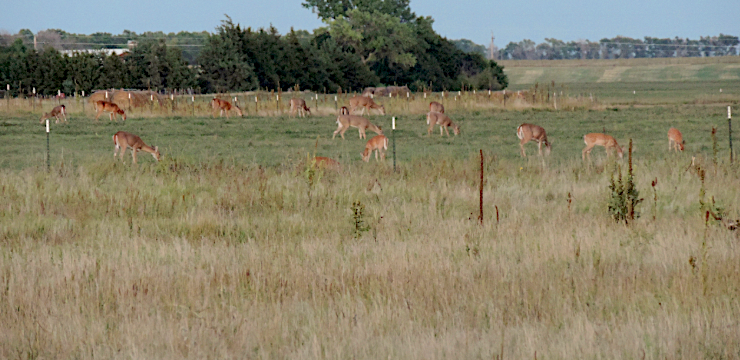
One reason the author loves to hunt the plains states is the number of deer sightings, which keeps things entertaining. Photo: Darron McDougal
Lower Pressure Means Natural Movement
In Wisconsin and other midwestern states with similar landscapes and hunting cultures, it seems that nearly everyone hunts. That's great, but it means that deer will be pressured, especially on public lands, which is where I generally hunt. On the plains and prairies, things are different.
Take western Nebraska, for example. Nebraska has few large cities, but virtually none in its western half. With population centers so far away, you can expect to hunt deer that aren't being pressured daily. This means they will move more naturally, and often during daylight on public land. Those facts alone boost your odds for success, not to mention that it's far more amusing to hunt deer that behave naturally.
The View is Amazing
The same prairies and plains that people dub as ugly and desolate always amaze me. It seems the sunset is different every

Sometimes when hunting the plains, you must hang stands in the best available tree. This stand is very low, but produced the author's best bow buck. Photo: Darron McDougal
evening, likewise with sunrises in the mornings. Every day brings something new, and for me, the sun touches the plains in a far different way than anywhere else I've hunted whitetails. Of course, it gets even better when a towering rack materializes. The view alone makes this a special place to bowhunt whitetails.
See ‘em, Call ‘em
Along with improved visibility comes the option to pull distant bucks in using grunting, snort-wheezing and rattling. In the Midwest, most of my calling efforts are done blindly when I don't have deer within view. However, on the plains, many times I call when a buck is seen in the distance, rather than blindly. The ability to see a buck before calling means you can target the right time to call and get higher response rates.
Last year while hunting in Kansas, I called in two different shooters because I had spotted them first. The first was a 150-inch main-framed 10-pointer with some non-typical points. He was coming up the trail toward me, but veered off toward a doe bedding area. When I realized he wasn't going to give me a shot, I pulled out my grunt call and gave him a few grunts, then I snort-wheezed. He stopped in his tracks, made a scrape, then beelined in my direction. Unfortunately, the brush was too thick for a shot, and he was just 10 yards across a fence on land I didn't have permission to hunt.
Several days later, a 140-class 8-pointer had locked down with a hot doe in a sumac patch above my stand, and there was no way to get a shot unless the doe wandered by accidentally. Or was there? I pulled out my grunt call and grunted incessantly at him, but he ignored every attempt. I soon switched to a snort-wheeze, and he immediately jerked his head my way. Finally, I grunted loudly like a growl or roar, and he began marching my way. Yes, he was leaving the doe to run off the “intruder.”
I'll admit I completely botched the shot. But there's a takeaway from this experience nonetheless. In two instances where I saw and called to bucks during my 2016 Kansas hunt, they responded. On the plains and prairies, calling can turn a distant sighting into a shot opportunity. Use that to your advantage.
Stand Access Made Easy
Funnels and travel routes are my favorite locations to bowhunt because deer are rarely near them when I'm approaching my stands. This typically holds true whether it's morning or afternoon. They're just not areas where deer commonly loiter. The plains and prairies offer countless stand locations like this. I can easily slip into a funnel or terrain pinch while deer are still at their food sources during the early morning or in their bedding area when I approach during the afternoon.
I hate spooking deer while accessing stands, and the river bottoms and funnels the Great Plains offer help me access my stands undetected. If you don’t tromp through a bedding area or food source, you too can access these stands without spooking deer.
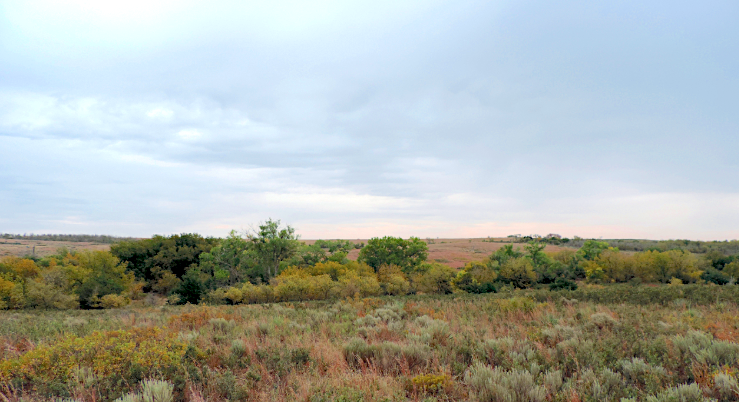
This Oklahoma river bottom doesn't look like much amidst the otherwise wide-open landscape, but whitetails habitually travel these narrow stretches of trees. These bottoms are excellent areas for a bow stand. Photo: Darron McDougal
Sign Galore
Prairie bucks tend to be aggressive. I commonly find rubs and scrapes everywhere, which gives me hope that some quality bucks are roaming the area. Kansas and the Dakotas seem to have the highest concentrations of buck sign of anywhere I’ve hunted.
With the lack of trees, every little cedar brush or fencepost becomes victim to rubbing. Bucks usually spend a lot of time where they leave their sign, so finding suitable stand locations, as I mentioned earlier, becomes simpler than in the big woods due to concentrated sign.
No Place like the Plains
I’ve been blessed to hunt whitetails in nine states, and of them, the Great Plains states are certainly my favorite. I get overly optimistic when I point my truck west, and for good reason. These states have yielded the most action and my two largest bucks. Those are good reasons to return every year.
Bonus: 4 Quick Tips for the Plains
-

Bucks on the plains tend to be very aggressive. Thus, huge rubs and scrapes aren't uncommon. Photo: Rebecca McDougal
Buy good glass.
Binoculars and a spotting scope are two of your greatest assets when hunting the Great Plains. You’ll spend countless hours driving and glassing as you look for hunting spots. High-quality optics will reduce strain on your eyes and make your approach more effective.
-
Practice shooting in the wind.
The plains are rarely calm, and shooting a bow in the wind can be tricky. Make it a point to practice in windy conditions so you’re prepared for everything.
-
Hike in deep.
It’s possible to find good hunting locations near roads, but you’ll usually find better locations if you put your boots to work. In fact, if you hike a mile or deeper, you’ll likely have the place to yourself. And the action can be wild.
-
Call loudly.
If you elect to hunt pastures and fence lines rather than funnels, drainages and river bottoms, chances are deer will pass by out of bow range. When you have great visibility, say a few hundred yards or farther, call loudly to get the attention of passing bucks, especially in windy conditions.
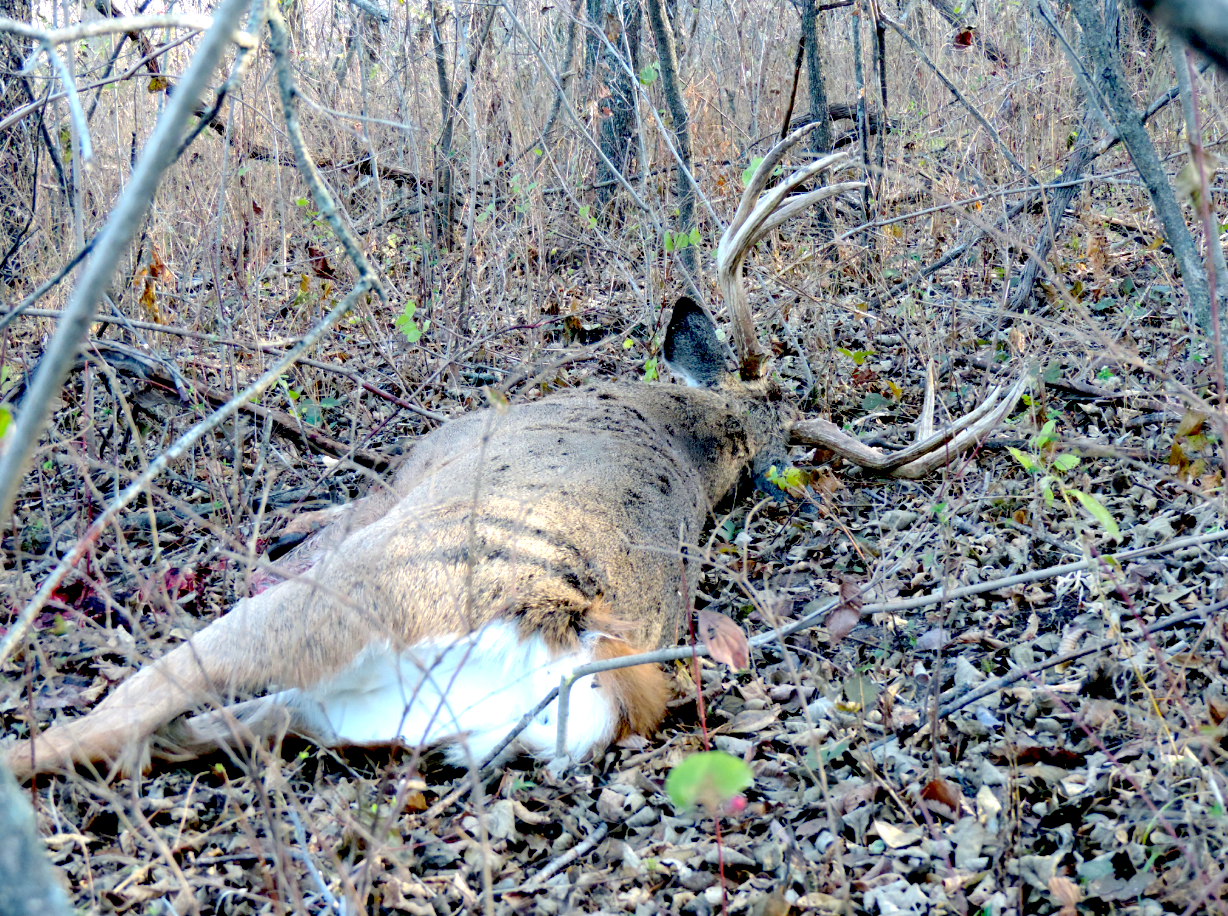
The author hunts the Great Plains because they can produce outstanding deer like this 150-class bruiser. Photo: Darron McDougal
Featured Photo: Rebecca McDougal
